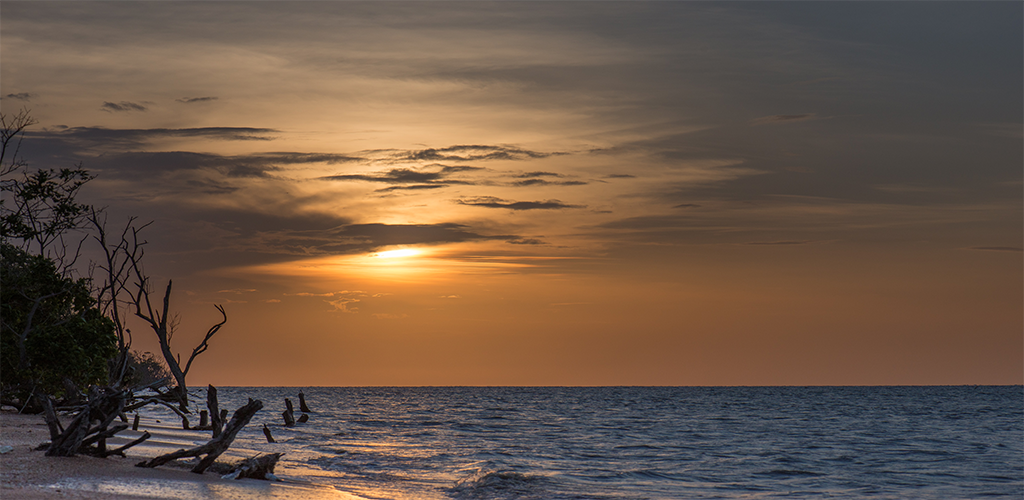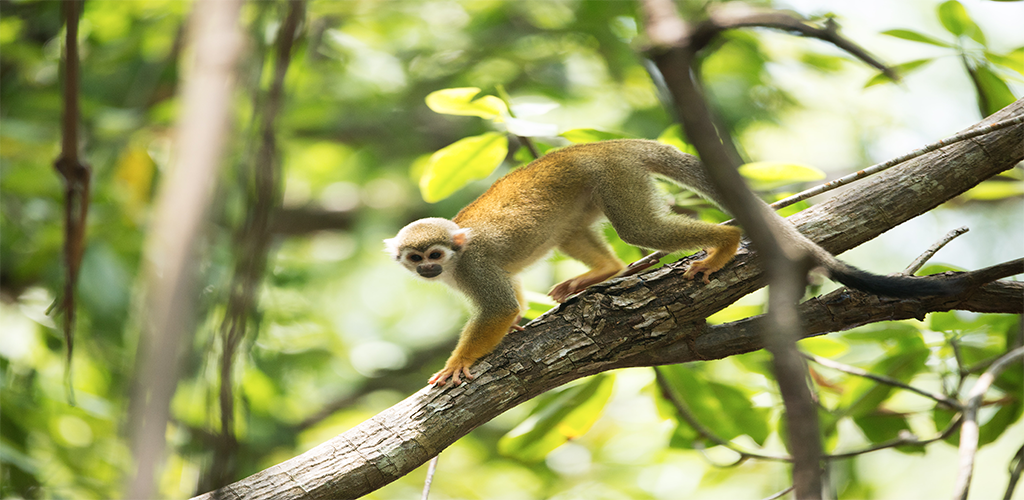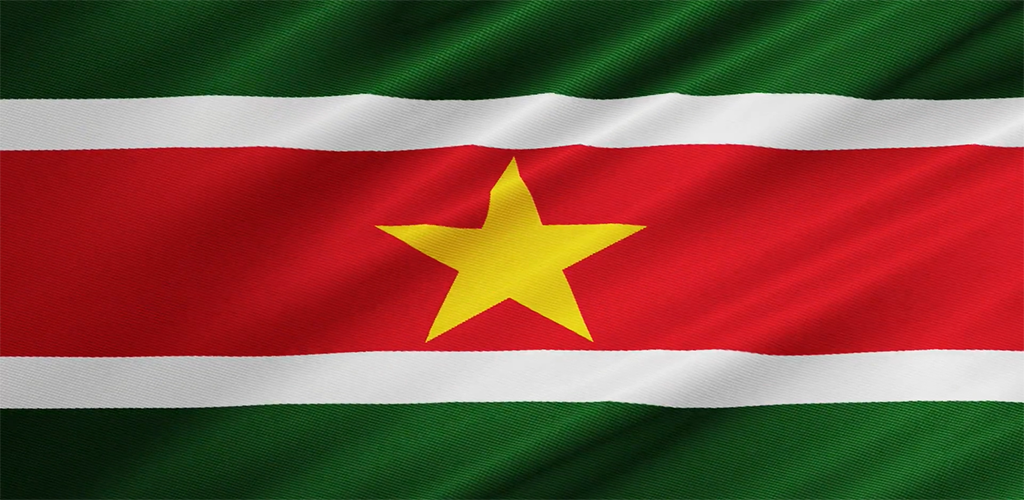Suriname is a South American nation located on the northern coast. Suriname is one of South America’s smallest countries, yet it has one of the most ethnically diversified populations in the continent. Its economy is dependent on a diverse range of natural resources, primarily bauxite, of which it is a top producer. The country’s southern four-fifths are nearly totally covered with natural tropical rainforest.
Climate and Average Weather in Suriname

Photo by Vincent van Zalinge on Unsplash
Suriname has a tropical climate with two seasons: dry and wet. The short rainy season begins in December and lasts until January 31st. From April through July, there is a long rainy season. The average daily temperature ranges between 21 and 32 degrees Celsius throughout the year. Because Suriname is not in the hurricane belt, the most severe weather. The dry season, which runs from late August to mid-November, is the greatest time to visit Suriname. It rains half as much during this time as it does during the rainy months of May and June. The months of August, September, and October are the hottest of the year.
Plant and animal life

Photo by Vincent van Zalinge on Unsplash
Monkeys, wild pigs, deer, manatees, jaguars, ocelots, armadillos, sloths, and anteaters are among the 150 creatures found in the area. Tapirs are the world’s biggest land mammals. Caimans, iguanas, and the boa constrictor are reptiles. Marine turtles lay their eggs on the beaches along the eastern coast, which are protected by regulation. Around 650 bird species have been identified, including hummingbirds, vultures, and parrots. Coastal and inland waterways are home to 350 different fish species.
Suriname Flag

The national flag, coat of arms, and national song are all important symbols of the “imagined community.” At the time of independence, the flag was unveiled. Green, white, red, white, and green bands make up the design. Green represents fertility, white represents justice and peace, and red represents patriotism. A yellow five-pointed star in the center of the red ribbon symbolizes national unity and a “bright future.” The five points represent the five continents as well as the five major ethnic tribes. The slogan Justitia-Pietas-Fides appears on the national coat of arms, which depicts two Amerindians holding a shield. The left side of the shield shows a ship, while the right side shows a palm tree, which signifies the future and is a symbol of the nobleman. The national anthem is based on a Dutch piece from the late 1800s. A text in Sranantongo was added in the 1950s. Surinamers are urged to rise in the first lines because Sranangron is calling them from wherever they came from.


